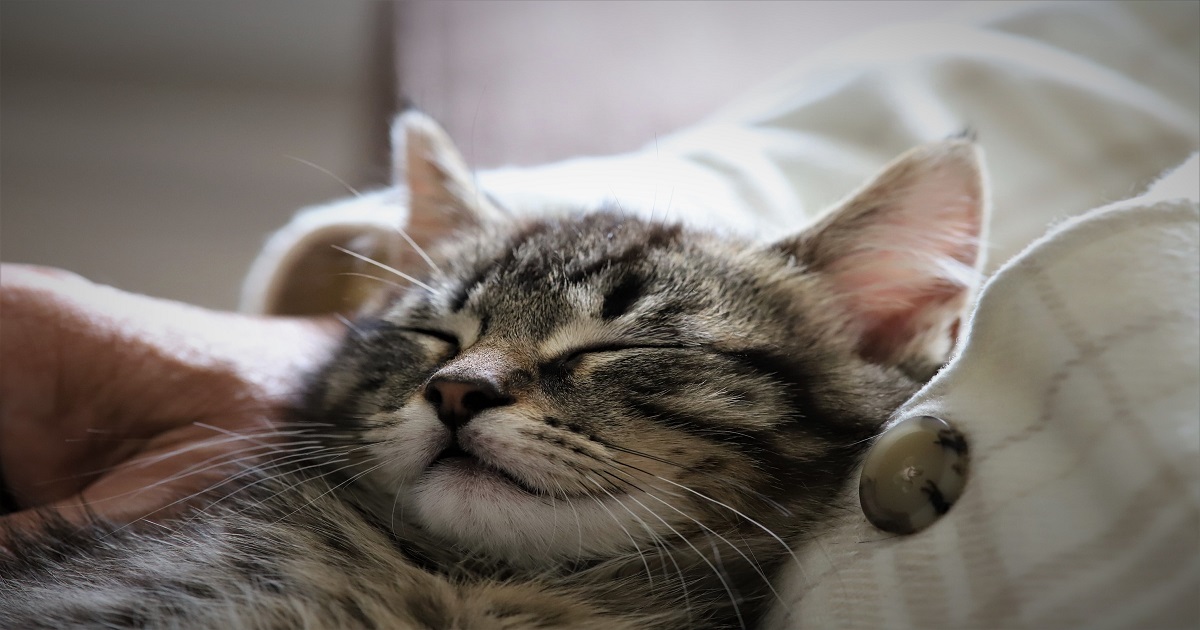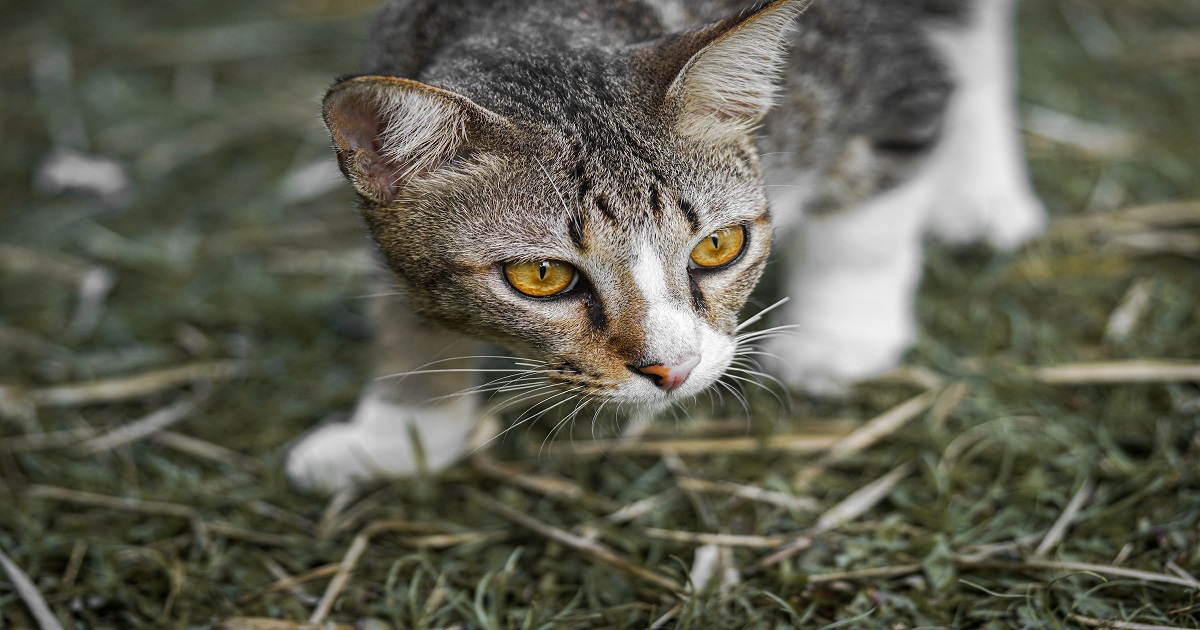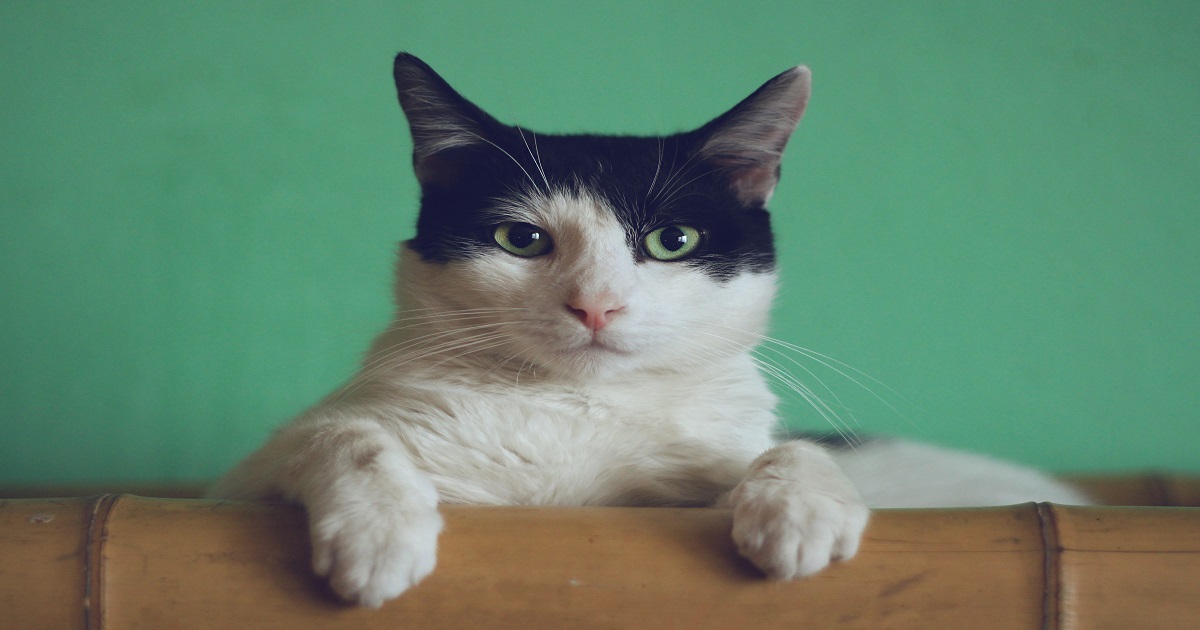Understanding Feline Anxiety
Our beloved pets can face anxiety and stress, which could harm their health. In this guide, we delve into the subject of “Managing Cat Anxiety.” We will understand its triggers, learn to recognize its signs, and explore effective ways to handle it.
Spotting Signs of Cat Anxiety
Cats, being masters of concealment, can hide their discomfort well. Therefore, as cat owners, it’s crucial we spot potential signs of anxiety:
1. Altered Appetite: A sudden change in your cat’s eating habits can signal stress or anxiety.
2. Over-grooming: Anxiety can lead cats to over-groom, resulting in bald patches or sores.
3. Changes in Litter Box Use: Changes like frequent urination, misuse of the litter box, or discomfort while using it can indicate stress.
4. Increased Hiding or Aggression: More hiding or aggression can show your cat may be anxious.
5. More Vocalization: Increased meowing, especially at night, may suggest anxiety.
If these signs persist, it’s essential to consult a vet to rule out other medical problems.
Strategies to Ease Cat Anxiety
Several strategies can help manage your cat’s anxiety:
1. Create a Safe Space: Provide a quiet, cozy area in your home where your cat can retreat and feel safe.
2. Maintain a Routine: Regular feeding, play, and grooming schedules can give your cat a sense of security and lessen anxiety.
3. Promote Exercise with Interactive Toys: Regular play and exercise provide mental stimulation and help manage anxiety by burning off excess energy.
4. Seek Expert Advice: If anxiety persists or worsens, consider getting help from a vet or an animal behaviorist. They can offer advice and may recommend medication.
5. Use Feline Pheromone Products: Products like pheromone diffusers, sprays, or collars can calm your anxious cat.
In conclusion, identifying and managing cat anxiety is crucial for your pet’s wellbeing. With understanding and proper management, you can help your cat lead a happier and healthier life.




